In November 2016, Maurer Rides announced the Spike Coaster — a single-rail powered coaster with interactive capabilities. The unique and innovative model excited many roller coaster fans as well as industry professionals, winning the “Best New Product Award” at the 2017 IAAPA expo. The Spike Coaster model features two-seat cars that give riders the sensation of riding on a motorcycle or similar vehicle. The track and cars utilize a Rack and Pinion system, which is explained in detail here in this article.
Two years after Skyline Park opened the first Spike Coaster, Sky Dragster, in 2017, Desmo Race opened at Mirabilandia as the largest Spike installation to date. The dueling coaster features two tracks that are both the same length (1,722 feet) and height (72 feet). A part of the Ducati World expansion at Mirabilandia, which opened just before the coaster, Desmo Race gives riders the sensation of driving a real Ducati motorcycle as they race alongside other riders, reaching a top speed of 50 mph.
Since there are only three Spike Coaster models in the world (with none in the US), I wanted to share my thoughts on the ride. During my day at Mirabilandia, I got two rides on Desmo Race, one on each side as well as one front-seat and one back-seat ride. I would have liked to have gotten a few more rides, but due to the length of the line and my limited time in the park, I chose to experience as many other attractions as I could, such as Katun and iSpeed. My two rides on Desmo Race, however, were both enjoyable and enough for me to gather thoughts about the ride as a whole. In this review, I’ll cover the ride experience, the operations and thoughts on what may come of this model in the future.
Desmo Race Ride Experience
The coaster itself is designed to give an intimate experience for one or two riders as they glide through the layout on their motorcycle-style car. One of the great things about the Spike Coaster model compared to other coasters is the freedom and exposure you feel while riding. Most coasters lock you into a car with either a lap bar or over-the-shoulder restraints. Some, like Rocky Mountain Construction (RMC) Raptor coasters or Intamin Motorbike coasters, give riders more freedom and exposure. The Spike coaster takes the concept of both a Raptor and Motorbike car and builds upon it. In both the front and back seats, riders feel more free and exposed as they glide through the layout. Having only a seatbelt as a restraint may seem unnerving to some, but I felt completely safe while on the ride.
As for the ride experience, the speed feels great for the most part, and the ride is filled with great lateral forces. The initial launch was more forceful than I anticipated. the car accelerates in the valleys, and even going over some of the higher elements such as an airtime hill, the train doesn’t lose its speed. On Desmo Race’s layout specifically, there are a number of curved airtime moments that give a surprising amount of airtime. As I mentioned, you are secured by just a seatbelt, so some of the forces feel just a bit more extreme due to the exposure.
The coaster was also rather comfortable compared to what I had heard. Before visiting the park, I was told by a fellow coaster enthusiast that the ride was rough and unenjoyable. However, I can delightfully say that I found the ride to be smooth and comfortable in both seats. The car is very loud as it travels around the track due to the rack and pinion system, which may give an impression of a rough ride. This wasn’t the case from my experience — Maurer did a great job of making the coaster ride smooth.
Desmo Race On-Ride POV
See an on-ride POV video of Desmo Race below:
Desmo Race Operations
When it was announced, one of the major concerns for the Spike model was its capacity. With only two-seat vehicles, many thought larger parks would surely have capacity issues. One of the ride’s creators, Steve Boney, claimed the ride could dispatch every five seconds and see a capacity upwards of 1,400 riders per hour. Boney also explained that each car acts as its own block zone, meaning multiple cars are able to be on the track at the same time without needing a designated brake zone.
Maybe I caught the coaster running on an off-day, but the operations were much lower than what I assume is desired by the park. First, the coaster wasn’t open when the park opened. I was lucky that it did open before noon and operated the rest of the day, But I’ve heard this coaster suffers a decent amount of downtime. As for the daily operations, one of the tracks was only running two cars, while the other ran three. RCDB lists the ride as having 12 cars, so I guess seven were in storage (one was visible from the station). To add to the lower-than-usual car count, the ride operators were only allowing one car to run on the track at a time, dispatching when a car returned to the station. I wasn’t sure why this was the case, but since they wanted all riders to exit the station immediately after riding (and the operators spoke Italian), I wasn’t able to ask any questions.
To the best of my ability, I timed the dispatches from outside the queue, and after a few different trials, I found that a car would cycle about every two minutes. With five cars running between the two tracks, dispatching each of the five cars over the span of two minutes, the ride was operating at about 300 people per hour. That’s a very low amount, even for the smaller Mirabilandia park. I should note that both tracks were dispatching a car about every 20 seconds, despite track one running two trains and track two running three trains.
I only waited about 12 minutes for my first ride, as my party I entered the queue shortly after maintenance quietly opened the ride. However, I waited 45 minutes for my second ride. As I said, I may have visited the park on a slower day. If larger parks want to build this model, there would need to be a significant improvement in operations.
Desmo Race Interactivity
Each car features a throttle grip and a boost button that are in reach of the driver. Maurer claims that the throttle and button are both able to give the ride a speed boost. Despite enjoying the ride experience and the consistent speed of the car, I couldn’t help but think that neither the boost button nor the throttle affected the speed. During my front-seat ride, as any thrill-seeker would, I tried to push the boost button and turn the throttle early on in the ride while going through tighter elements, but found no response. As the ride went on, I continuously tried to activate the boost, but still felt no response.
The car would accelerate at certain points, such as exiting valleys or going around low to the ground turns, but I felt that these accelerations were programmed rather than in response to my movement. I’ll consider faulty mechanics as an option, but it makes me wonder just how much control riders truly have over the vehicle. If anyone has ridden a spike coaster and felt the controls working, be sure to leave a comment below.
Thoughts for the Future of Spike Coasters
Despite a limited capacity and seemingly low interactivity, I really enjoyed both of my rides on Desmo Race. I’ve been on 176 different coasters, many of which are similar to one another. It was a great change of pace to ride something as unique as the Spike coaster and experience its innovative offerings. I think the coaster has a lot of potential, both for big parks and small parks. I don’t know the exact cost of the ride, but the entire Ducati World Expansion, which also features flat rides and a large building housing simulators, cost 25 million Euros, so I’d imagine each track of Desmo Race couldn’t have cost more than $7 million USD. That price range gives smaller parks the opportunity to build a ride like this.
For larger parks, I think the Spike model can be used as more than just a coaster. As Maurer has shown in concepts such as these- https://www.youtube.com/watch?v=kiG-FtECaL4, the spike coaster can be used for indoor attractions as well as the ride vehicle for an immersive dark ride.
With small cars and a slim track, the size and maneuverability of the coaster create an ability to make themed scenes around the ride.
Large parks could create thrilling dark rides with Spike if the capacity was increased. If Disney wanted to bring the TRON property to another park, I think Spike would be a better option than a clone of the Lightcycle Power Run coaster. Imagine Blue and Orange spike cars, themed to Lightcycles, winding through a dark space, with special LED lights illuminating the track behind them as they drive. I could also see Universal using this coaster model if they ever decided to create another E.T. attraction. Imagine a small E.T. animatronic riding in front of you as your bike flies around a themed scene.
I’m sure there is a plethora of ideas and implementations for the Spike coaster. If it can operate at a higher capacity, the Spike model could make for a great attraction. With an enjoyable and unique experience, I think there could be a lot of great things in store for the Spike model.

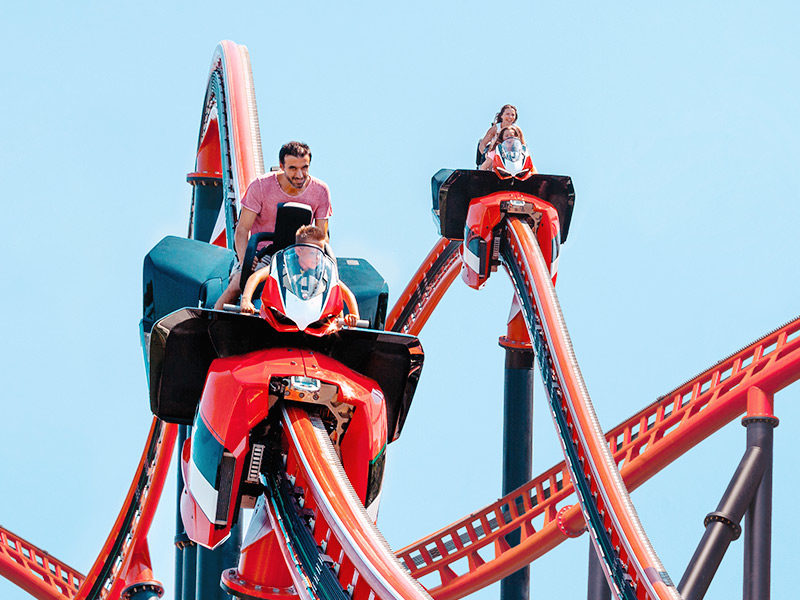
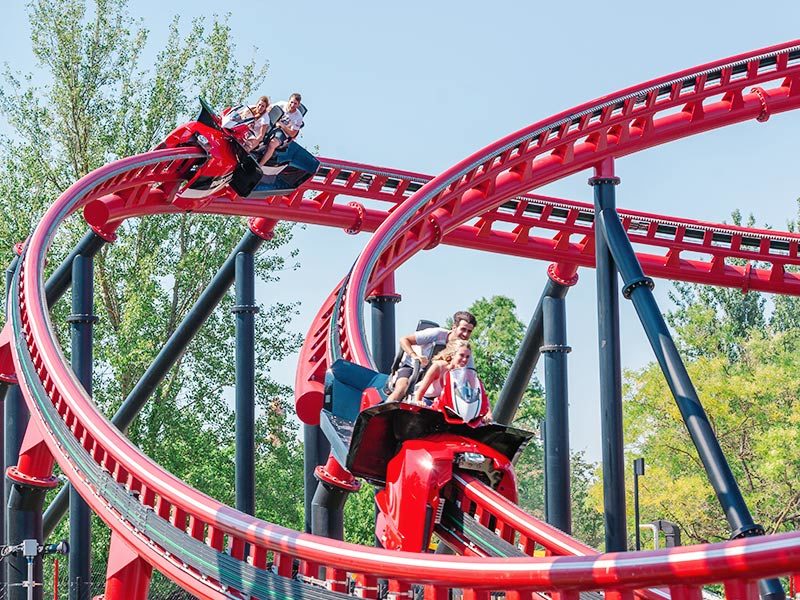
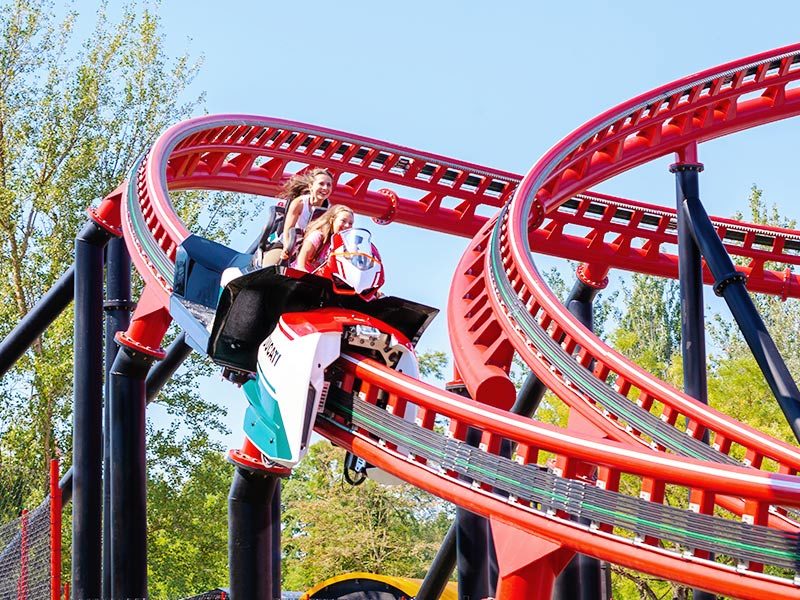
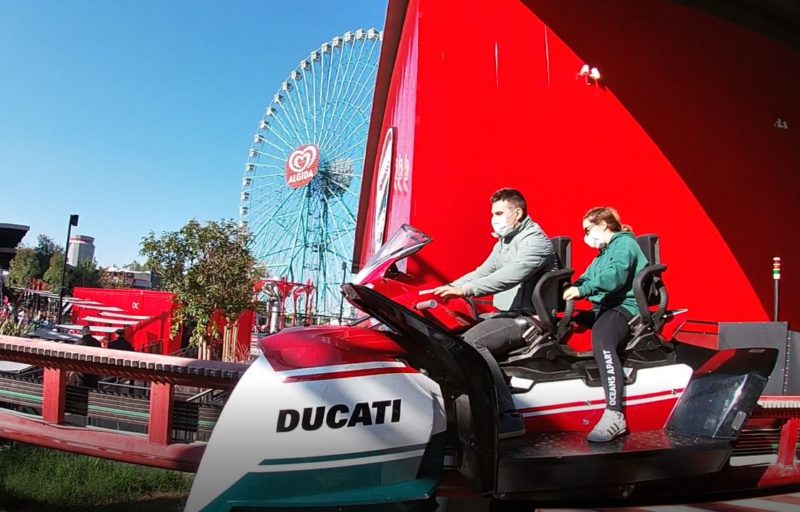
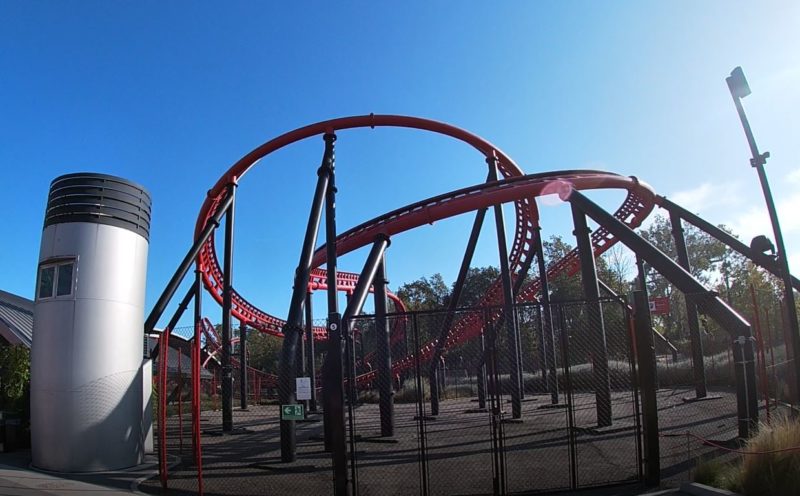
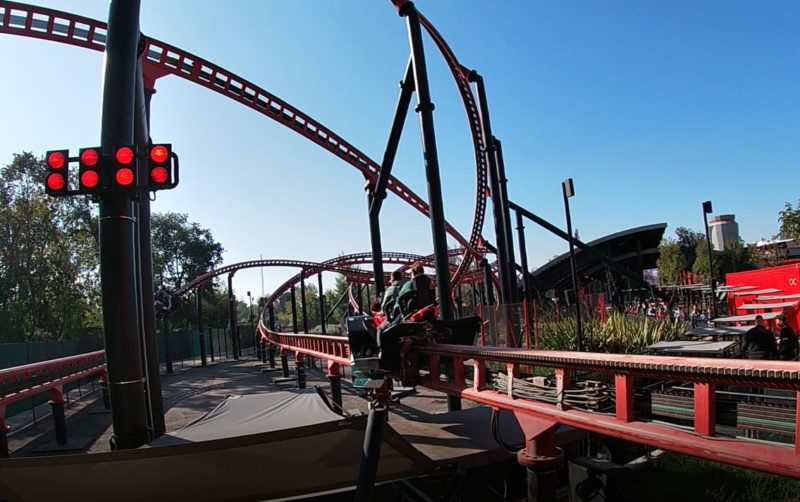
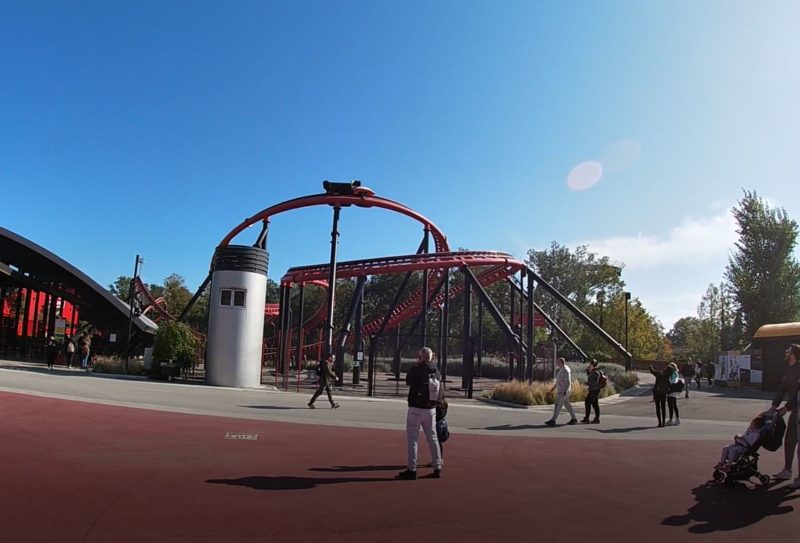
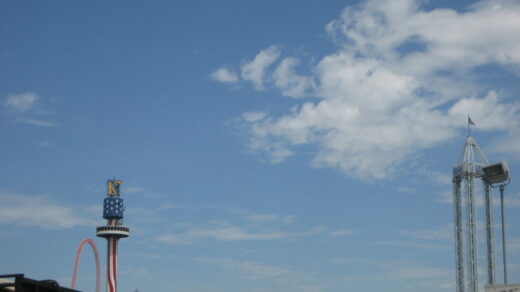
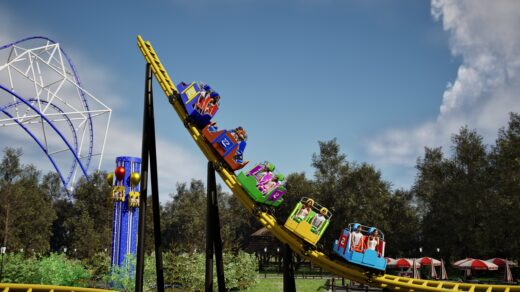
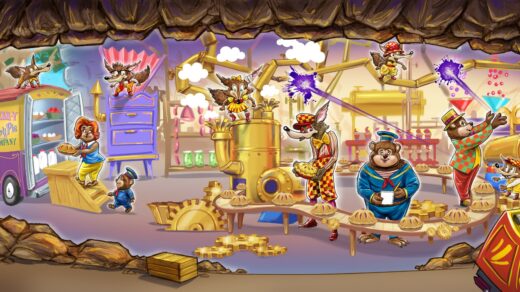



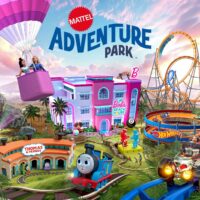





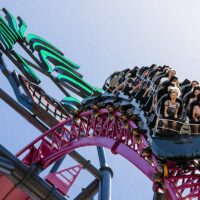
Recent Discussion